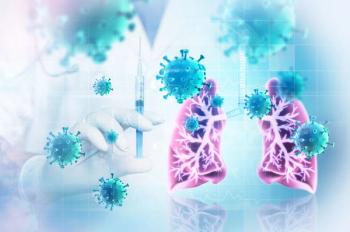
Raynaud Phenomenon
Shown here are the left hands of 2 women who had been outside together on a cold Indiana afternoon.
Shown here are the left hands of 2 women who had been outside together on a cold Indiana afternoon. The 40-year-old woman's hand on the right demonstrates typical findings of primary Raynaud phenomenon. Her fingers turned white (as shown), then blue, then red. They were quite painful. The hand of her friend is shown for comparison.
The blanching and numbness or pain is caused by exaggerated vasoconstriction in response to cold. In addition to the fingers, the toes, ear lobes, and tip of the nose can be involved. Those with Raynaud phenomenon may have underlying disease, such as scleroderma, lupus, rheumatoid arthritis, Sjögren syndrome, or carpel tunnel syndrome; however, this is rare.
Avoidance of cold is recommended. In patients who have significant pain and numbness, a calcium channel blocker may decrease the severity of the vasoconstriction.
This patient's symptoms resolved after 20 minutes of hand warming.
(Case and photograph courtesy of Rebecca Galante, MD.)
Newsletter
Enhance your clinical practice with the Patient Care newsletter, offering the latest evidence-based guidelines, diagnostic insights, and treatment strategies for primary care physicians.































































































































































































































































































































